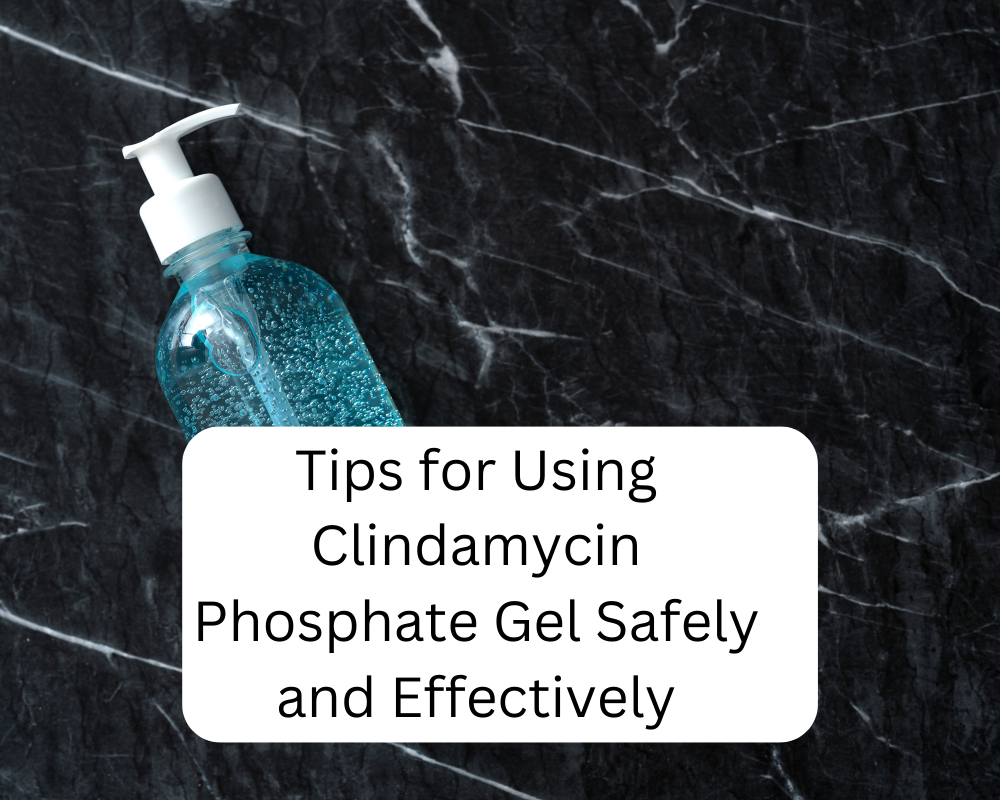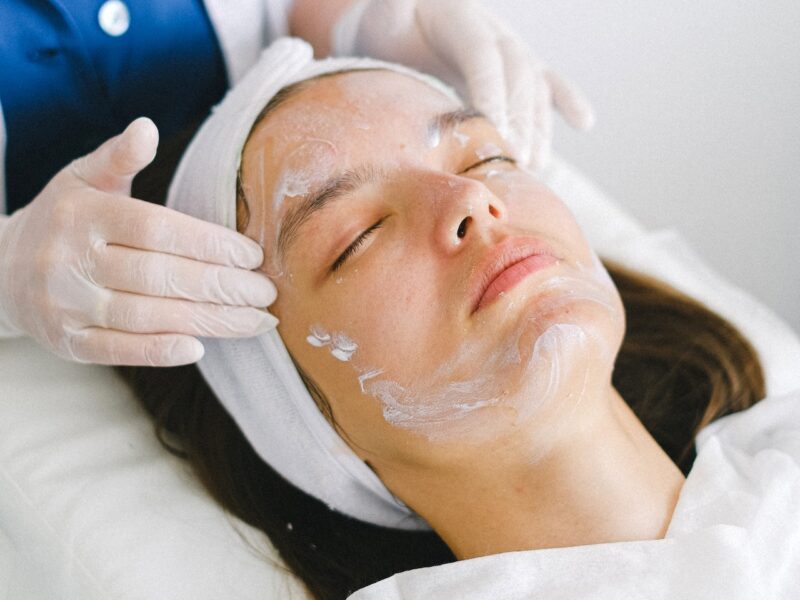Clindamycin phosphate gel is a prescription medication used to treat acne vulgaris, a common skin condition that occurs when hair follicles become clogged with oil and dead skin cells. This clindamycin phosphate gel medication is typically applied topically to the affected areas of the skin, and it works by killing the bacteria that contribute to the development of clindamycin phosphate and nicotinamide gel uses acne.
In this blog, we’ll take a closer look at adapalene and clindamycin phosphate gel usp, including how it works, its potential side effects, and how to use it properly.
How Clindamycin Phosphate Gel Works?
Clindamycin phosphate gel is an antibiotic that belongs to the lincosamide family. When applied to the skin, it works by adding the growth of bacteria that are responsible for causing acne. Specifically, it targets a type of bacteria known as Propionibacterium acnes (P. acnes), which is commonly found on the skin and can contribute to the development of adapalene and clindamycin phosphate gel acne.
P. acnes bacteria thrive in areas where there is excess oil production, which is why they are commonly found on the face, neck, chest, and back. Dolonex DT Tablet is not used to treat infections of the skin, which is the purpose of clindamycin phosphate gel usp. When they proliferate clindamycin phosphate gel, they can trigger an inflammatory response from the body, leading to the formation of clindamycin phosphate and nicotinamide gel uses acne lesions such as pimples, blackheads, and whiteheads.
By inhibiting the growth of P. acnes bacteria, adapalene and clindamycin phosphate gel can help reduce inflammation and prevent the formation of new acne lesions.
Read: Why do Superfoods Saves Time and Energy?
Potential Side Effects of Clindamycin Phosphate Gel
Like all medications, adapalene and clindamycin phosphate gel can cause side effects. Some of the most common side effects of this medication include:
- Skin irritation, such as redness, itching, and dryness
- Peeling or flaking of the skin
- Burning or stinging sensation on the skin
- The oily or greasy appearance of the skin
- Mild diarrhoea
- Stomach cramps
- Nausea and vomiting
- Headache
Most of these side effects are mild and typically resolve on their own within a few days or weeks by clindamycin phosphate gel. However, if you experience severe or persistent side effects, you should contact your doctor about clindamycin phosphate and nicotinamide gel uses right away. Salicylic acid face wash can be used in conjunction with clindamycin phosphate gel USP to treat acne.
In rare cases, adapalene and clindamycin phosphate gel usp can cause more serious side effects, such as:
- Severe diarrhoea or abdominal pain
- Bloody or watery stools
- Allergic reactions, such as hives, difficulty breathing, and swelling of the face, lips, tongue, or throat
- Severe skin reactions, such as blistering, peeling, or rash
If you experience any of these clindamycin phosphate and nicotinamide gel uses symptoms, seek medical attention immediately.
How to Use Clindamycin Phosphate Gel
Clindamycin phosphate gel is available by prescription only, and it should only be used as directed by your healthcare provider.
Before applying adapalene and clindamycin phosphate gel usp, it is important to wash your hands and the affected area of the skin with a mild cleanser and warm water. Then, gently pat the skin dry with a clean towel.
Next, apply a thin layer of clindamycin phosphate gel usp to the affected area of the skin. Avoid applying the medication to open wounds, eyes, mouth, or nose. Be sure to follow your doctor’s instructions carefully regarding the clindamycin phosphate and nicotinamide gel uses amount of medication to use and how often to use clindamycin phosphate gel. Clindamycin phosphate gel USP can help you solve your beauty problems by clearing up acne and other skin infections.
It is important to be consistent with your use of clindamycin phosphate gel, even if you do not see immediate results. It can take several weeks or even months for this medication to fully take effect. Be patient, and continue to use the clindamycin phosphate gel medication as directed unless instructed otherwise by your doctor.
In addition to following your doctor’s instructions when using clindamycin phosphate gel usp, there are a few other clindamycin phosphate and nicotinamide gel uses precautions you should keep in mind.
Firstly, it is important to avoid using other topical medications or skincare products on the affected area of the skin unless instructed to do so by your doctor. Certain products, such as exfoliants, astringents, or other acne treatments, may interact with clindamycin phosphate gel or exacerbate skin irritation.
It is also important to avoid exposure to excessive sunlight or tanning beds while using clindamycin phosphate gel. This medication can increase the sensitivity of the skin to sunlight, which may increase the risk of sunburn or skin damage. Be sure to wear protective clothing and sunscreen when spending time outdoors.
If you are pregnant or breastfeeding, it is important to discuss the use of clindamycin phosphate gel usp with your doctor. While there is limited data on the safety of this medication during pregnancy and breastfeeding, it may pose a risk to the developing fetus or infant.
Finally, if you experience any unusual or severe symptoms while using clindamycin phosphate gel, be sure to contact your doctor right away. This medication is generally considered safe and effective when used as directed, but it is important to stay vigilant for any signs of adverse reactions.
Conclusion
Clindamycin phosphate gel is a prescription medication that can be an effective treatment option for individuals with mild to moderate acne. By targeting the bacteria that contribute to acne development, this medication can help reduce inflammation, and speed up the healing process of existing lesions.
Like all medications, clindamycin phosphate gel can cause side effects, but most are mild and typically resolve on their own within a few days or weeks. Be sure to follow your doctor’s instructions carefully when using this medication, and contact them immediately if you experience any severe or persistent symptoms because of clindamycin phosphate gel.
If you are struggling with acne and are interested in using clindamycin phosphate gel as a treatment option, be sure to discuss it with your doctor to determine whether it is a good fit for your individual needs and health status. With proper use and consistent application, this medication may be able to help you achieve clearer, healthier skin.



